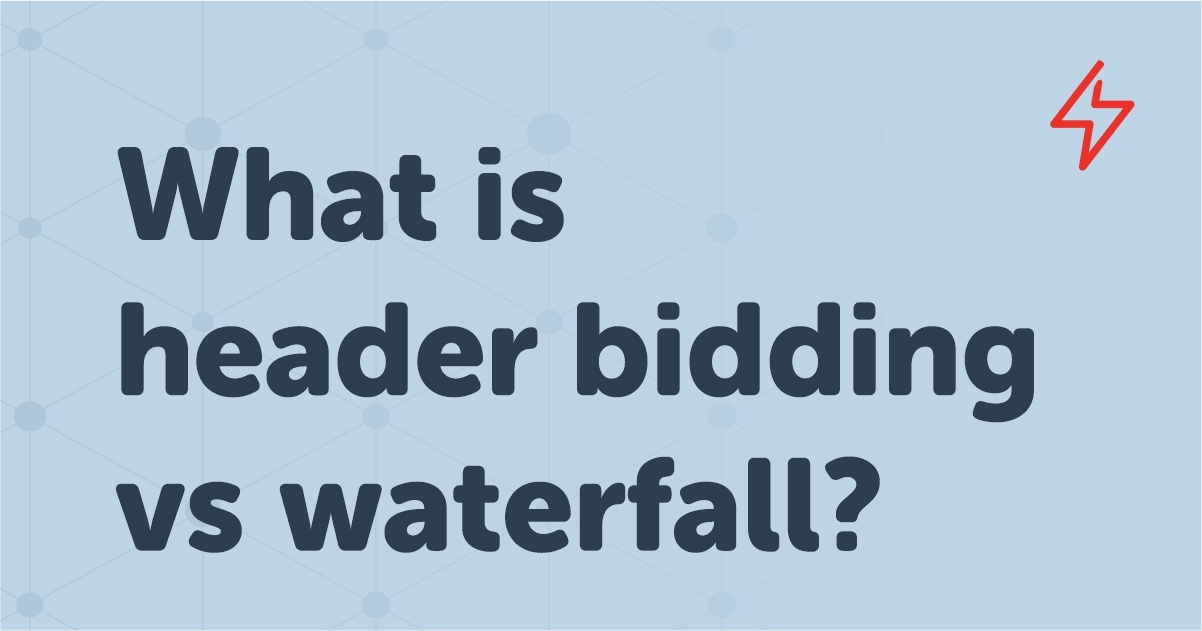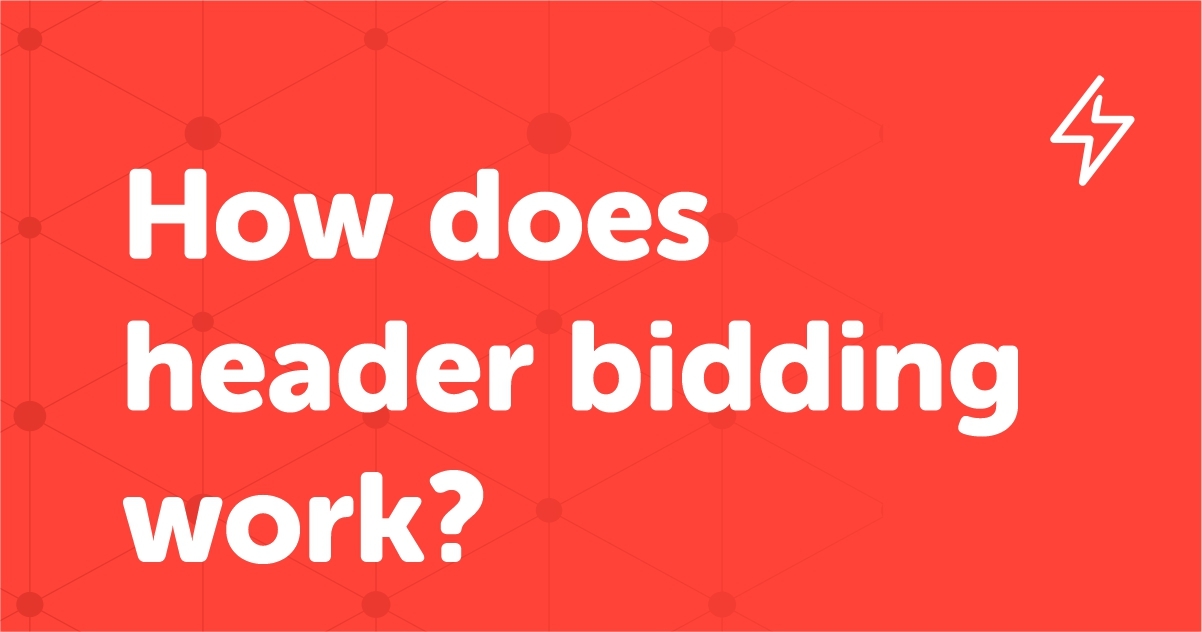Table of Contents

Digital advertising and digital media currently pervade every spot available on the internet. No wonder customers, users, and visitors are experiencing ad fatigue, particularly when ads tend to interrupt the user experience. How to solve this lousy problem? That would be the first reaction, right?
Whether it’s pop-ups or interstitial ads, these ads interrupt the browser experience, following them from one site to another. This situation is becoming increasingly frustrating for the user, and it acts as a necessary evil for most publishers and advertisers. For most digital publishers, online advertising is crucial for their monetization strategy. So how can we merge the gap between online advertising’s undesirable reputation and the undisputable ability to drive revenue?
Introducing the solution with a dramatic drumroll in the background – Rich Media Ads! Let’s first understand what rich media banner ads are. How are rich media ads distinctive from other ad formats? What are the advantages of rich media ad formats for publishers? What are examples of rich media ads? What are the top 10 examples of rich media ads? How to create rich media ads? What are the characteristics of rich media? Don’t worry; the answers all lay in here!
A quick trivia moment – the world’s first banner ad was displayed in the year 1994, and since then, static display banner ads have been the most common format of internet ads until today. However, due to the higher usage of static display banner ads, the audience is no longer paying attention to these intrusive stand banner ads. Since we all are experiencing banner blindness, publishers and advertisers have turned their attention to rich media ad formats to regain their audience’s attention. Rich media ads incorporate creativity and engage users where display ads are currently struggling. However, what exactly is rich media advertising? How is it beneficial for contemporary publishers?
What are Rich Media Ads?
Rich media ads are interactive ads that comprise multimedia features like audio, video, animation, text, and images. Rich media ads offer ways to engage the customer or user to increase brand awareness and generate clicks.
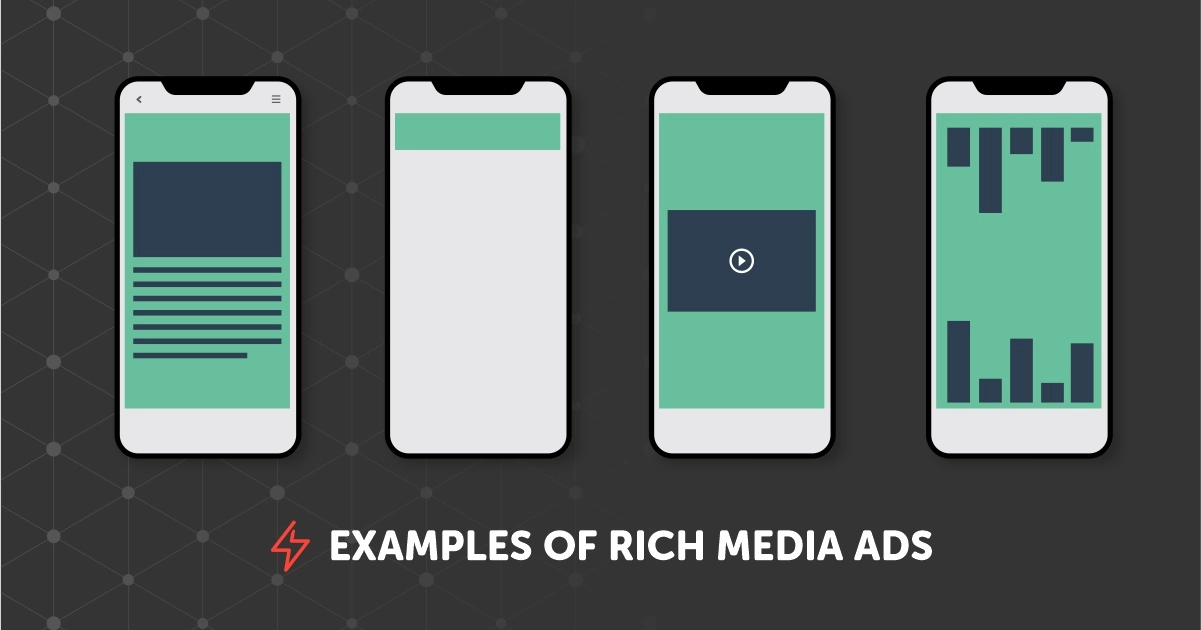
What are the best characteristics of rich media units?
- Rich media ad units mainly focus on better user experience that leads to a higher interaction rate
- It comprises of dynamic visual elements, unlike standard display ads, that are all about static images
- They are interactive by nature and require user actions to play an audio or video
- It includes gaming elements, which makes them a great format to use instead of in-app video ads
- These ads are compatible with Java, Javascript, and HTML5; hence, you can use rich media banner ads on any app or website
- It specifically increases conversions, click-throughs, and view rates
- It has better metrics than traditional ads
Now that we have established multiple beneficial characteristics about rich media ads, let’s see how are rich media ads different from other ad formats.
Standard Banner Ads vs. Rich Media Banner Ads
The differences between standard banner ads and rich media banner ads are listed below:

| Features | Standard Banner Ads | Rich Media Banner Ads |
|---|---|---|
| File Size | A single .gif, .png, .html, or .jpg file format of 200K or less | Usually exceeds 200K, larger File size |
| Flexibility | No video nor expansion | May use multiple files containing video, expand to a larger size |
| Tracking | You can only track ad performance via a single CTR link | It includes detailed tracking metrics on user interactivity and can track multiple CTR links |
| Interactivity | One point of interaction | Highly interactive, contains unique features like polling, send-to-a-friend, gallery, and more |
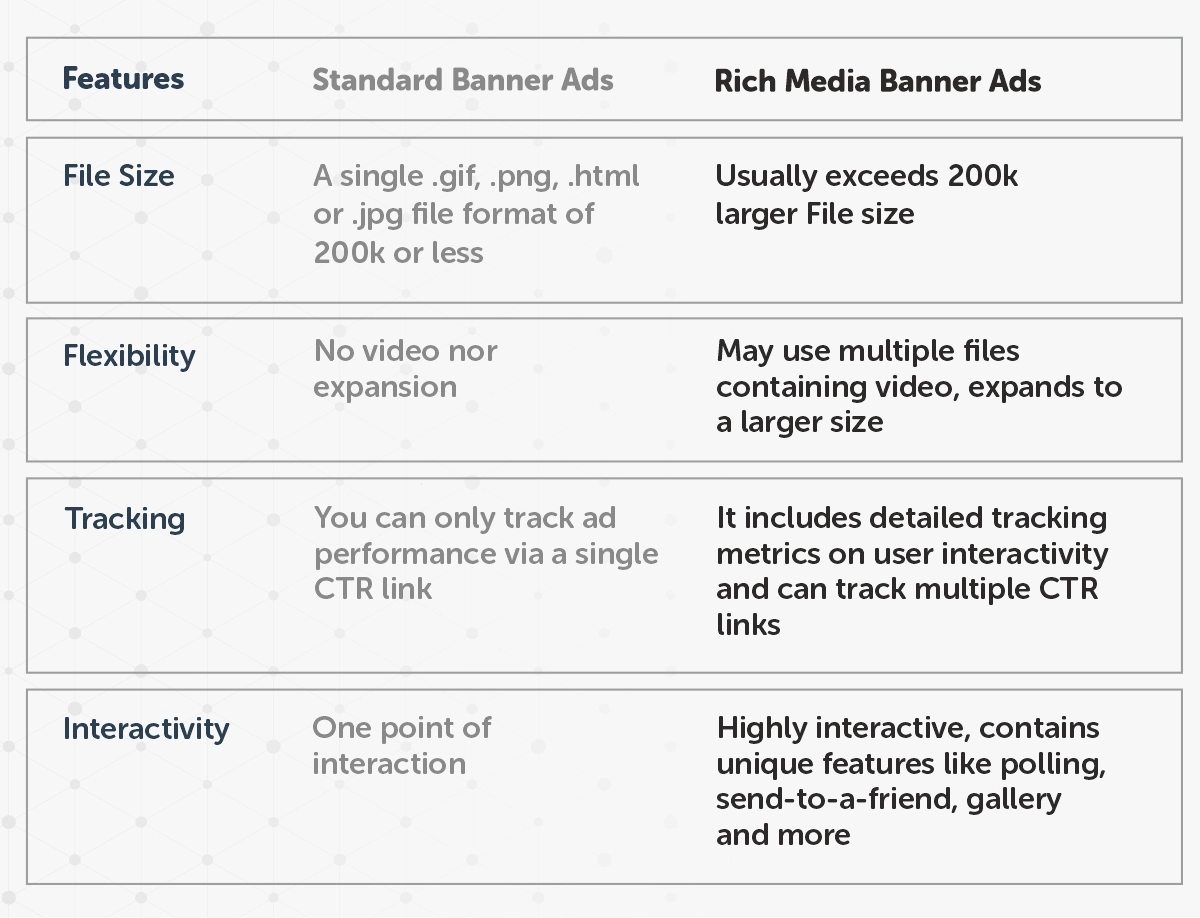
Types of Rich Media Ads
There are various formats that a rich media ad can be composed of. Here are the most popular rich media ad formats, their definitions, features, and highlights:
1. Banner Ads: They are the most basic rich media ad format with medium to high cost per impression and low loading time
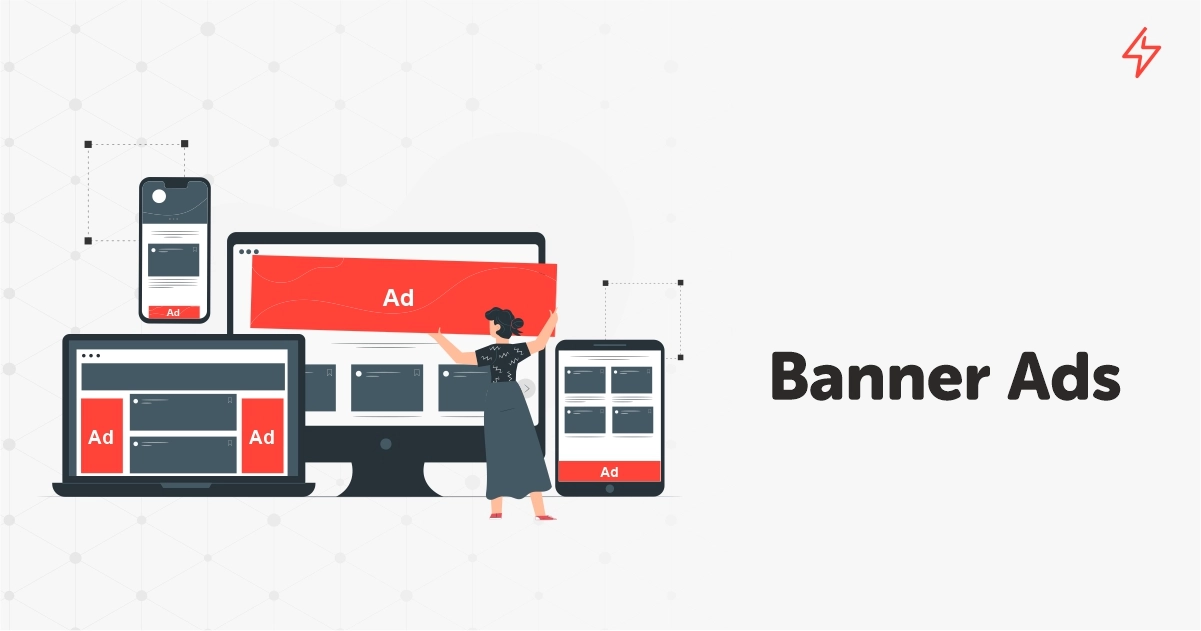
2. Dynamic Creative Ads: Dynamic creative’s best feature is that it can modify creative content instinctively, either based on content rules or manually.
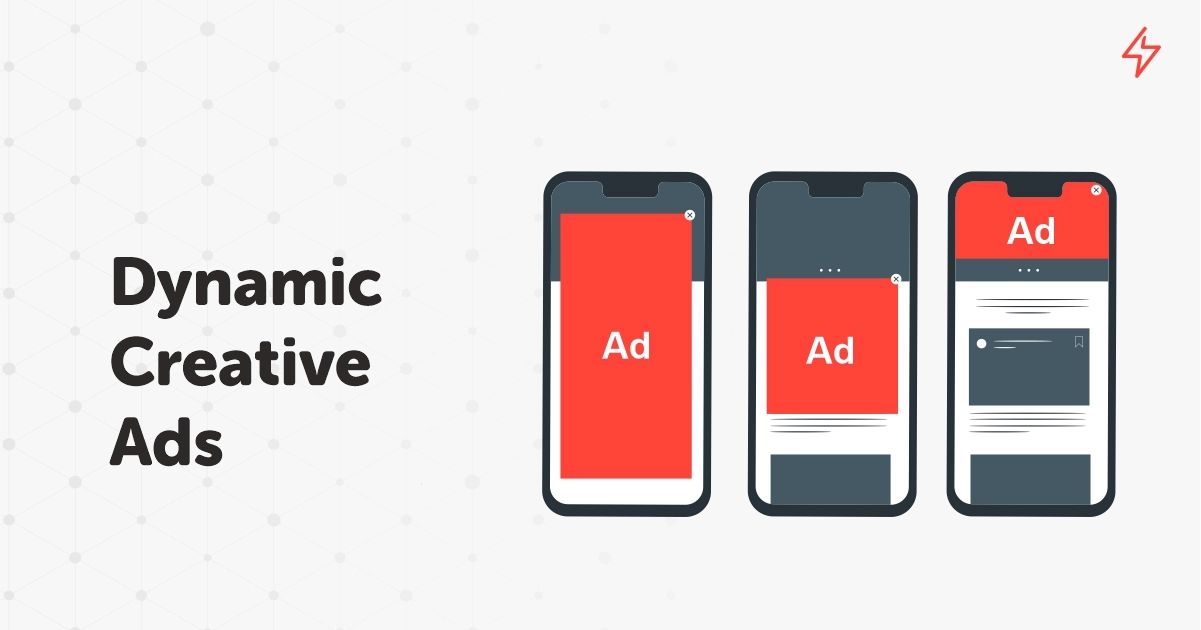
3. Expanding Ads: These creatives expand beyond their original dimensions over the top of other page or app content.
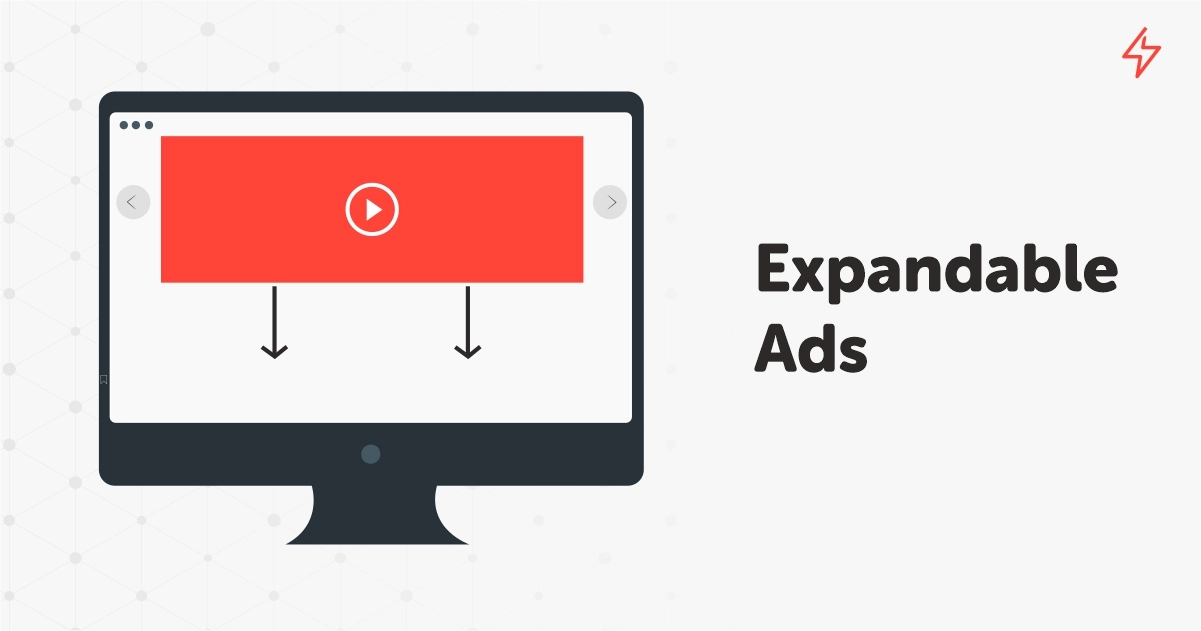
4. Interstitial Ads: It hovers or floats on top of a page’s content or emerges as a full-screen ad throughout the natural transition points in mobile apps. Interstitial ads have high viewability and medium to high cost per impression.

5. Lightbox Ads: These ads expand creative works on desktop computers with a two-second mouseover and on mobile devices by tapping. Lightbox ads have high viewability and high cost per impression.

6. Multi-directional expanding or MDE Ads: These ads expand in multiple directions, depending on where the ad appears on the page. Same as Lightbox ads, MDE ads also have high viewability and high cost per impression.
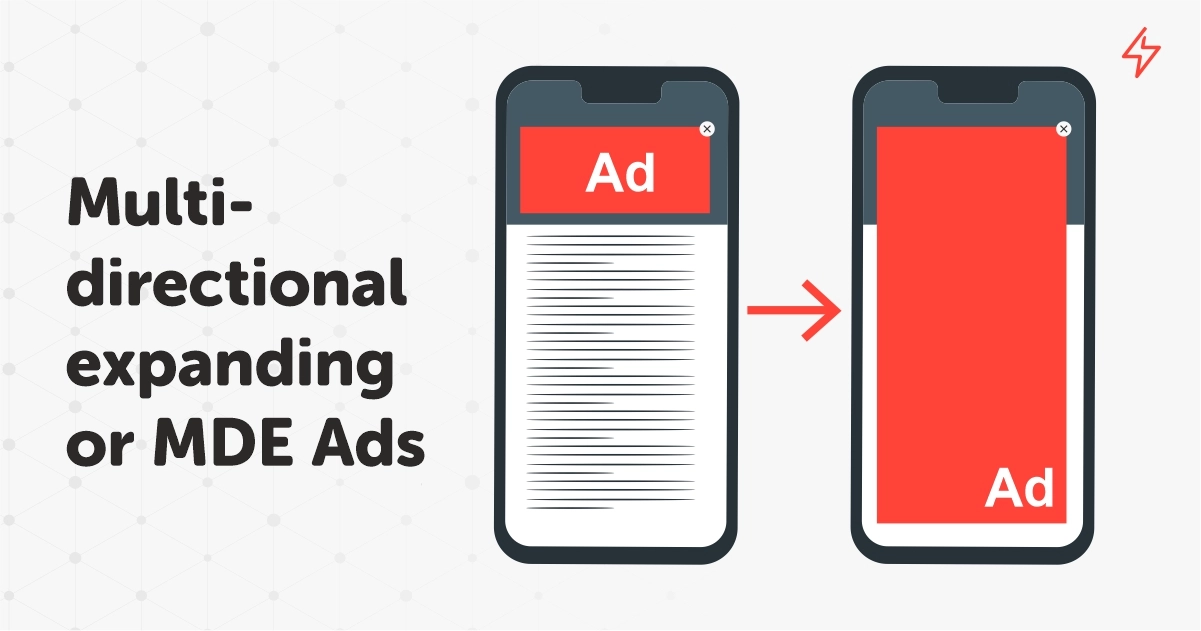
7. Push-down Ads: These are expanding creative which pushes down the content of a webpage while expanding, and it moves the web page out of the way while displaying the ad. Push-down ads have a high cost per impression, high viewability, and high loading time.
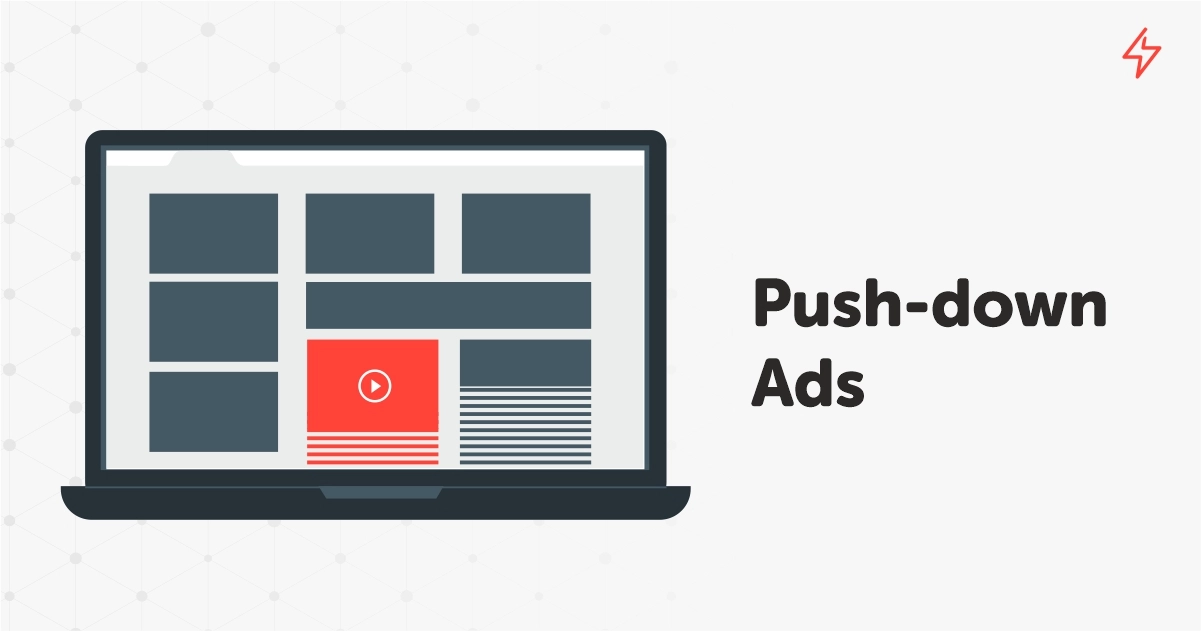
8. Video Ads: Video ads can be included in all other formats. VPAID or Video Player-Ad Interface Definition; creative displayed in an in-stream video player and usually comprises of video content.

Advantages of Rich Media Ad Formats for Publishers
Always remember that not only do advertisers reap the rich media ad benefits, but publishers also enjoy them. Multiple aspects of rich media ads that are advantageous to advertisers are also beneficial to publishers.
- Less intrusive in nature: In contrast to static ads that instantly take a publisher’s’ website visitors to an advertiser’s landing pages, interfering with the browsing experience, rich media ads doesn’t intrude on user experience, thus retaining their initial intention.
- Completely measurable: Rich media ads’ interactivity helps publishers keep track of multiple metrics. As mentioned above, rich media banner ads include detailed tracking metrics on user interactivity and track various CTR links. The more metrics a publisher has, the happier advertisers will be as they start to see more significant ROI on their ad spend, not only via the end goal of purchases but through interaction, video views, and brand favorability.
- Showcases your keen interest in being marketing-savvy: Offering rich media ads to advertisers showcases that you quickly adapt to the ever-changing digital world as a publisher. Rich media banner ads are an excellent way for publishers to increase their income, as they generate more revenue than static ads and are vigorously growing in popularity.
- Costs more, so publishers can increase their revenue: The CPM or cost per 1000 impressions is usually higher on rich media ads than standard banner ads. Hence, providing publishers with the excellent opportunity to increase their ad revenue.
Why should you adopt Rich Media Ads?

Since rich media is still evolving, it’s an open-ended question concerning to what degree rich media will change the programmatic landscape. While it may not completely obscure static forms of media, it’s gaining popularity as a widely accepted mode of engagement and branding. Will rich media advertising still have a place in our industry? Perhaps!
Remember, the trendy rich media formats are all video-centric —essentially a category of its own. Apart from video, other rich media executions will involve multiple user-friendly formats and premium publishers offering advertisers a custom, native experience on their specific website. The programmatic industry will eliminate most of the other traditional formats from mass use as the industry is moving toward a LEAN, responsive and user-centric future.
After learning about these ads, a few questions may arise—why should I go for them? Do I need to invest so much effort in it? Is it beneficial for me? The answer to all these questions is simple. These ads will bring you better revenue. All the rich media ad formats mentioned above possess the features of delivering high CTRs and CPMs. Likewise, the ads are highly engaging and provide better brand recall.
Rich media ads are highly interactive ads. Publishers will attain a high interaction rate, better scalability, measurability, in-depth metrics regarding video viewability, brand awareness, and recall. All these will lead to one important factor – a memorable and better user experience.
Yes, the investment of resources and effort still stands! We understand that creating the rich media ad format is generally a time-consuming process, necessitating more capital and effort than the other traditional formats. However, rich media banner ads perform way better than static banner ads; that’s the more significant revenue twist.
Quite remarkable, right?
Rich media ads are here to stay! Would you like to try it and step up your revenue game? AdSparc is an experienced player in the field of providing exceptional monetization solutions. We offer you AdSuite, where you can use a wide range of ad formats and broaden the horizon with some brilliant rich media ads. Remember, these ads are worth the effort, and they are more than just display banners! Do you want to know how AdSparc’s AdSuite Solution can help you increase your revenue instantly? Talk to Us.
Also Read: What Is A Third-Party Cookie, Why Is It Going Away & How It Will Impact The Publishers?
